Use and save rainwater in the home and garden
Learn here how rainwater can be used to save tap water and money. Because not only tap water costs money, you also have to pay for the disposal of wastewater and rainwater.
Furthermore, in many regions of Germany, more and more subsidy programmes are being set up for the construction of cisterns and rainwater systems, making the use of rainwater even more attractive for you.
Rainwater harvesting is an important component of resource-conserving environmental protection. In addition to saving water, the use of rainwater also saves energy that would otherwise have been needed for the treatment and transport of tap water. In this way, rainwater utilisation also reduces the CO₂ impact on our climate.
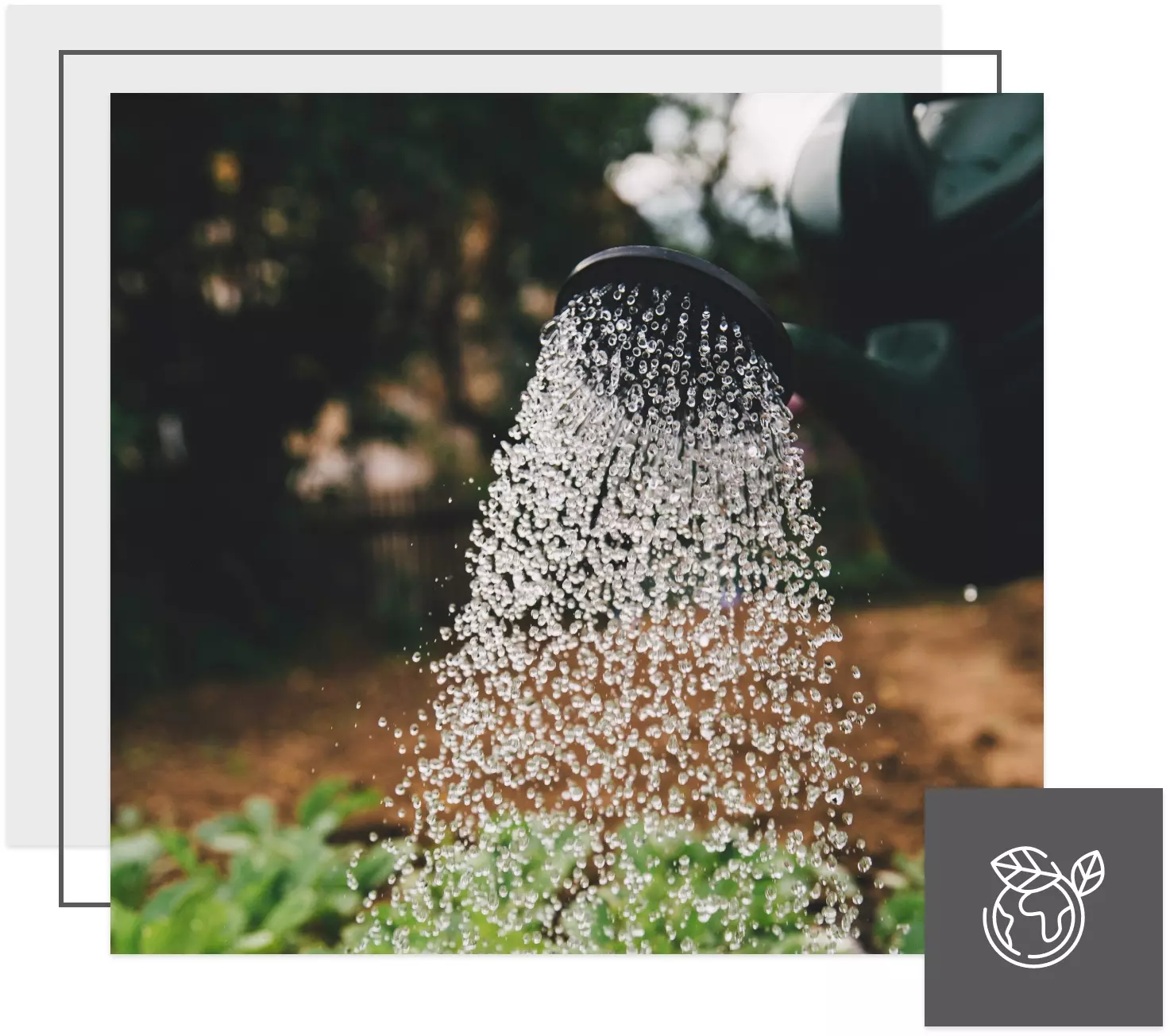
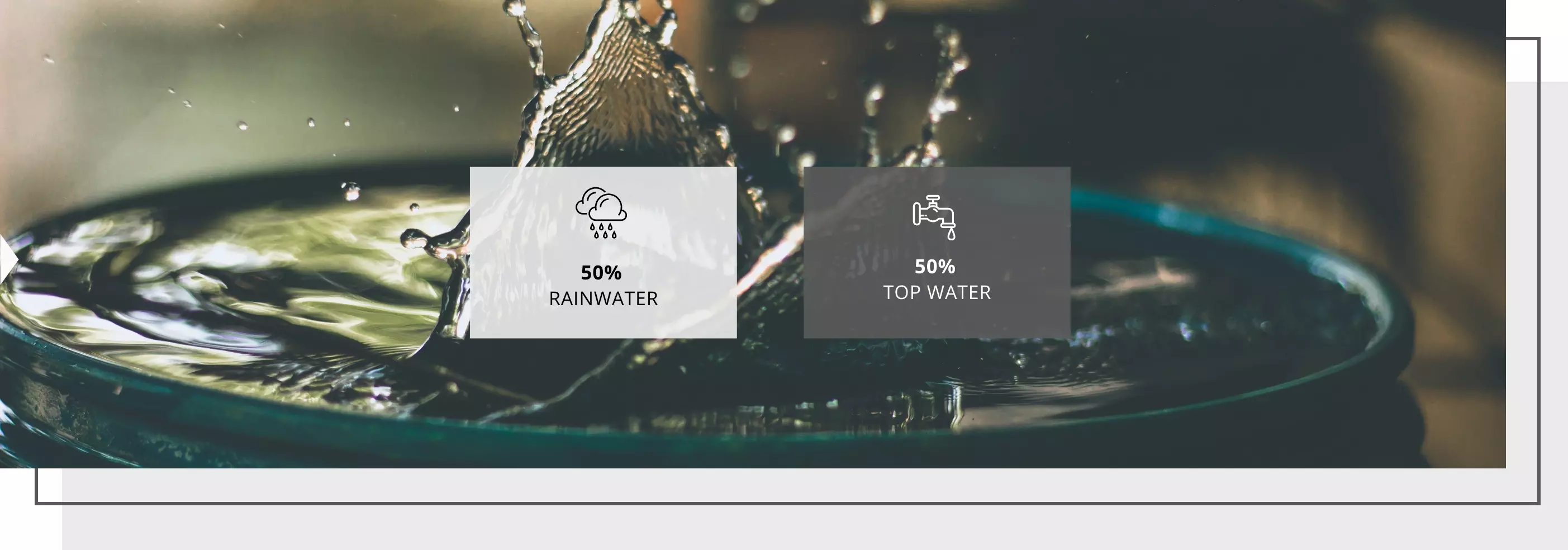
How you can use rainwater in the futurer
Many of the advantages of rainwater can be traced back to one particular property: Rainwater is soft!
However, to be able to use rainwater in the house, they should rely on an underground rainwater tank. In climatic zones such as Central Europe, only an underground storagetank with a suitable capacity is sufficiently protected against frost. This is the prerequisite for year-round operation.
However, if you want to collect rainwater for use in the garden, a rain barrel installed above ground can be the right choice for smaller needs. It is connected directly to the downpipe with a filter and is particularly easy to install. However, the capacity of a rain barrel in the garden is usually limited to about 30-50 watering cans (rain barrel with 300-500 litres, 10L watering can).
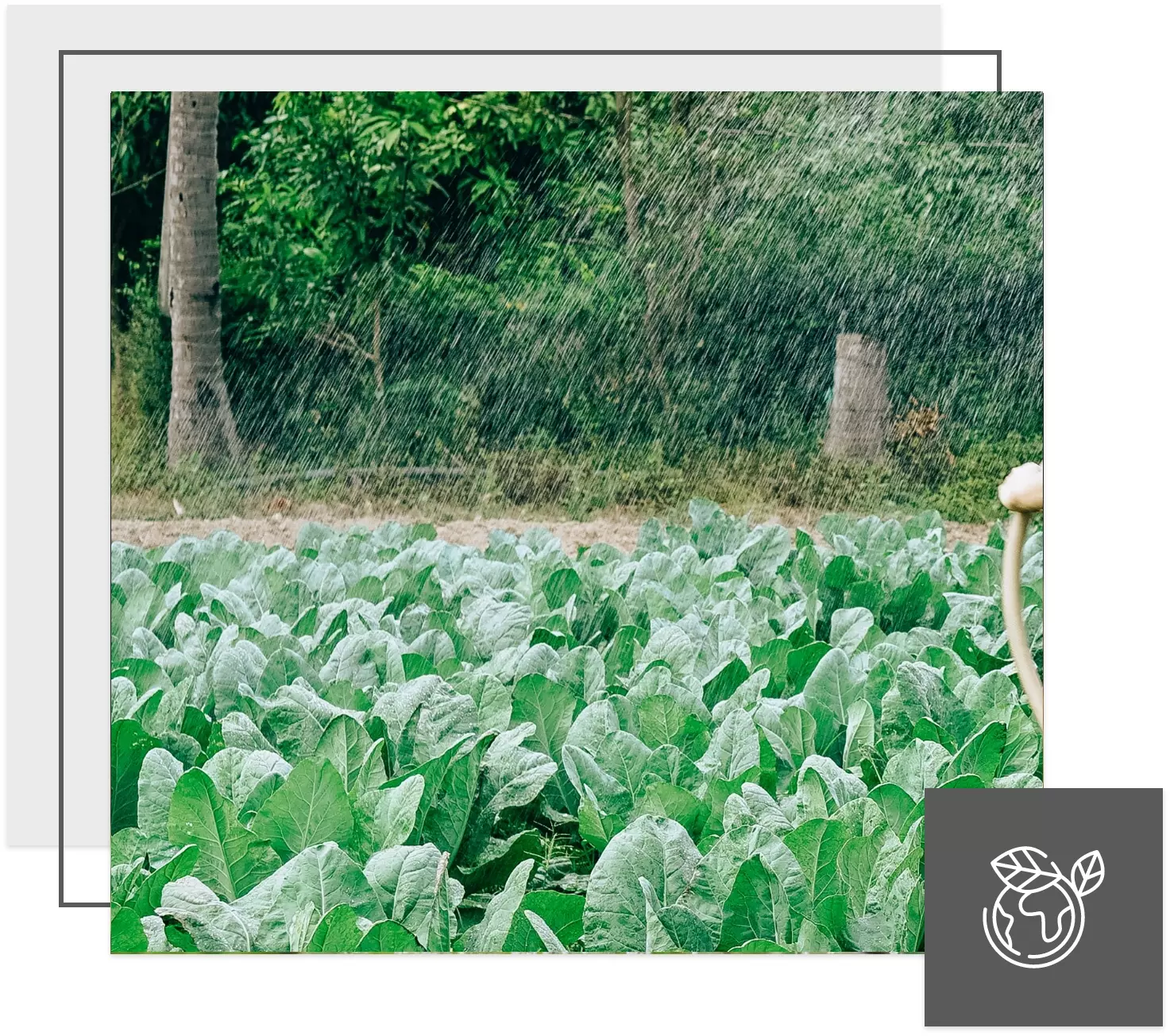
Using rainwater for the household
Rainwater can be used in many ways to reduce the need for public water in the home. The savings of tap water in a German household can be broken down as follows:
Rainwater for toilet: approx. 36 litres per person per day (approx. 30% of the daily requirement)
Washing clothes with rainwater: up to 15 litres per person per day (approx. 13% of the daily requirement).
Rainwater for cleaning: about 2-3 litres a day (approx. 2% of the daily requirement)
In many countries, however, it is not permitted to use untreated rainwater in the shower or for drinking. This requires further purification steps such as activated carbon filtration and UV disinfection.
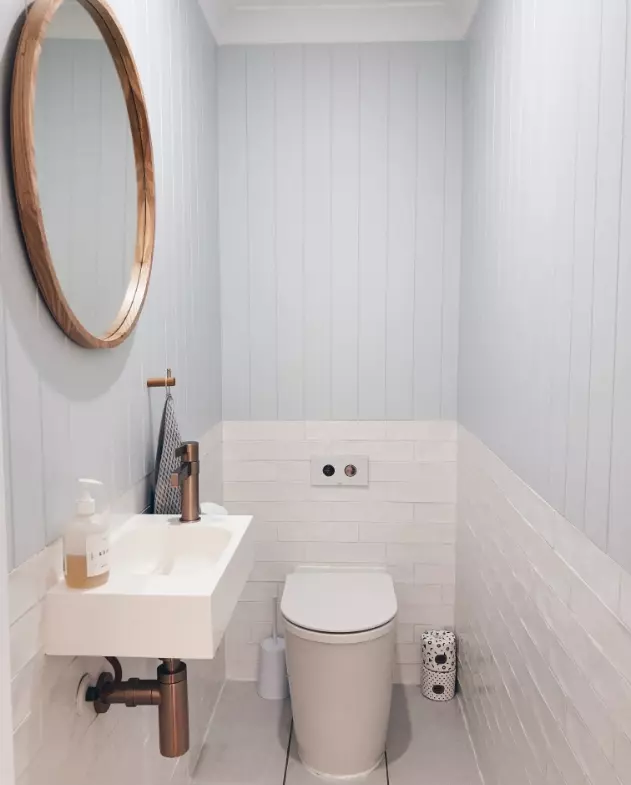
Toilet flushing with rainwater

Washing machine with rainwater
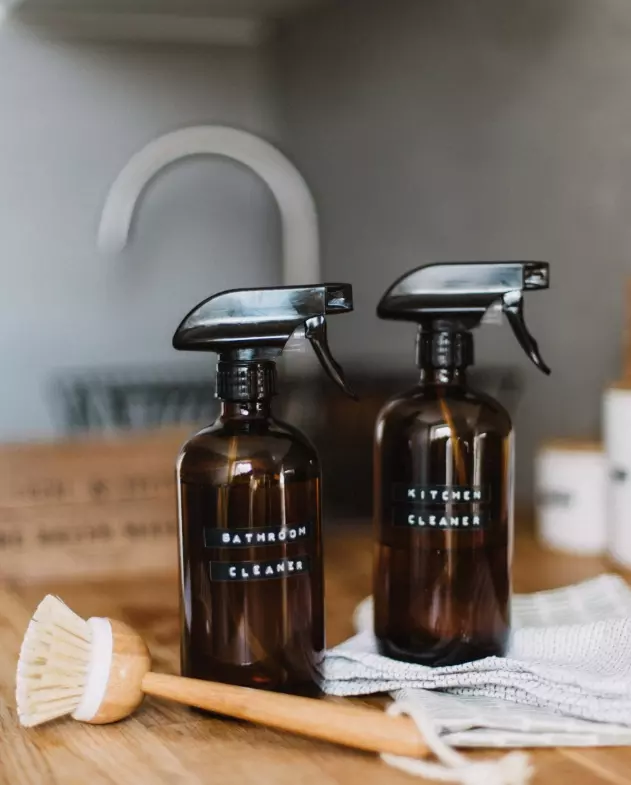
Cleaning with rainwater
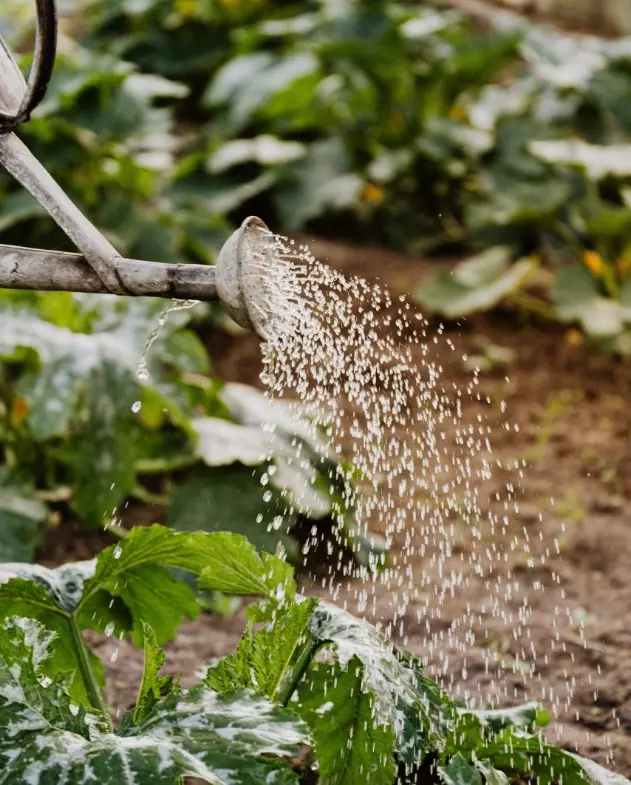
Gardening with rainwater
Flushing toilets with rainwater
As in many other countries, tap water in Germany is a foodstuff of protected quality. Just like bottled mineral water, tap water is actually much too good to flush the toilet clean with.
Nevertheless, flushing the toilet is often still one of the biggest consumers of tap water in the household. About 36 litres per person are flushed into the sewage system via the toilet every day. Not least because of this, the most efficient approach to rainwater harvesting in the home is simply to use rainwater to flush the toilet.
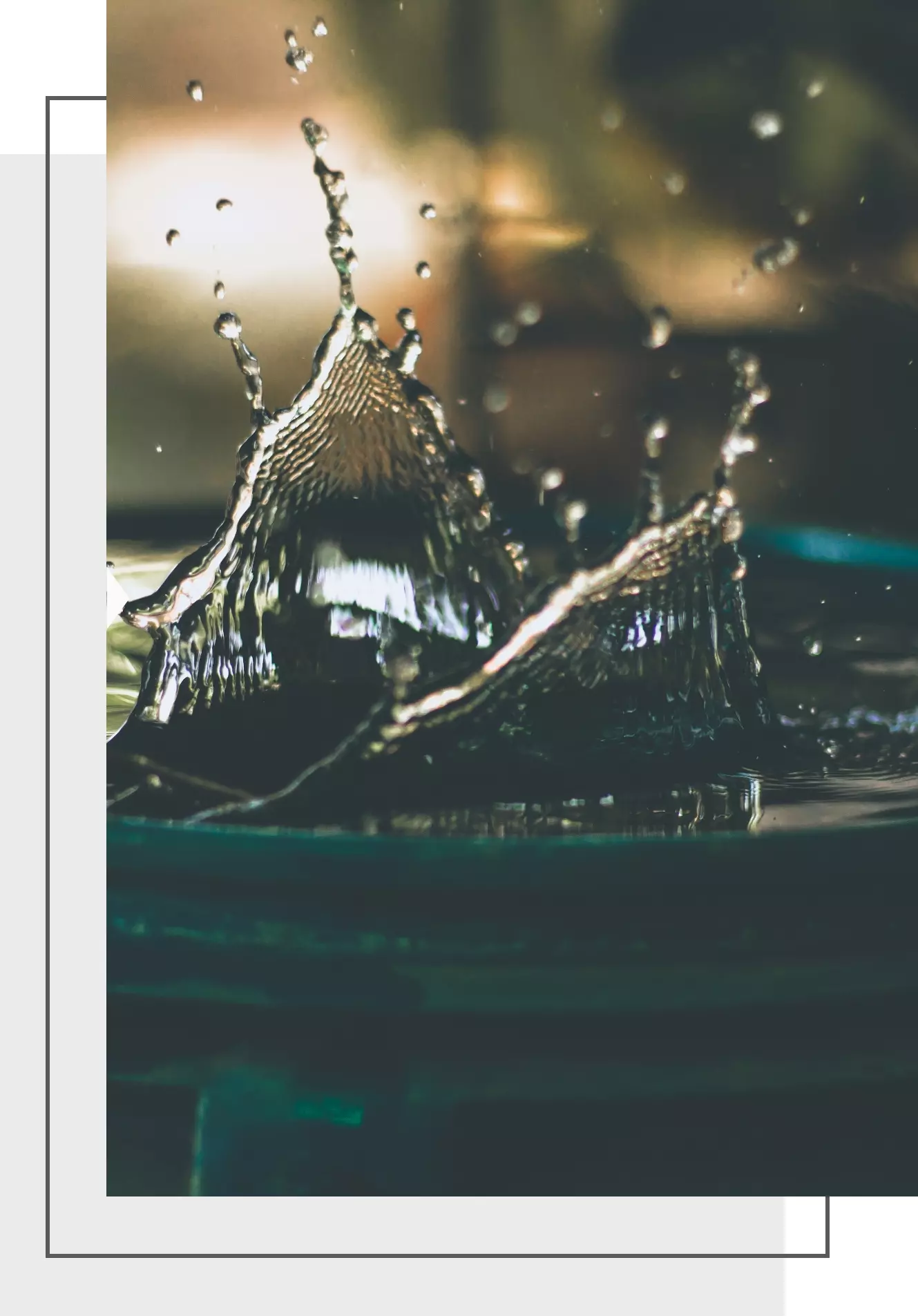
No urine scale with rainwater
Another good reason for flushing toilets with rainwater is that urine scale can only form in combination with calcium or magnesium. This is why public, highly frequented urinals often do not flush with water at all.
Neither calcium nor magnesium is dissolved in rainwater either. Thus, the use of rainwater for flushing the toilet excludes the formation of urine scale.
Rainwater keeps the toilet flush intact
Rainwater is soft water and does not form limescale because it lacks the minerals that are often found in tap water. This is an advantage, because limescale deposits in the toilet cistern can damage the seals, resulting in the loss of further tap water.
Rainwater in the washing machine
Rainwater from your own water tank is perfect for washing clothes, because even without fabric softener, the laundry stays cosy and soft and is easy to iron. The reason for this is the lack of limescale deposits, which cannot occur with rainwater and which would otherwise make the textile fibres rough.
Longer washing machine life with rainwater
Limescale deposits on the heating element of kitchen appliances can lead to premature failure, as many people already know from washing powder advertisements. Less well known, however, is that the use of rainwater in the washing machine has the same effect as the increased dosage of special detergents and softeners.
The washing machine lasts longer if you use rainwater for washing: Because rainwater is soft and thus limescale deposits are impossible! By the way, limescale deposits on the heating element also worsen the heat transfer to the water and thus increase energy consumption.
Only half as much detergent with soft water
To prevent limescale from forming on the laundry and in the washing machine, there is regularly a small table on the detergent pack. It indicates how much detergent should be used with soft or hard water.
If you compare the value for soft water with that for hard water, you will notice how different the amount of detergent required is. In fact, the recommended dosage for hard water is often twice as high. And it is precisely this difference in detergent that can be saved by using rainwater, because when washing with rainwater, the smallest dosage for soft water may always be used.
In regions with hard tap water, using rainwater in the washing machine saves half the detergent and thus also helps to protect the environment, water and your wallet.
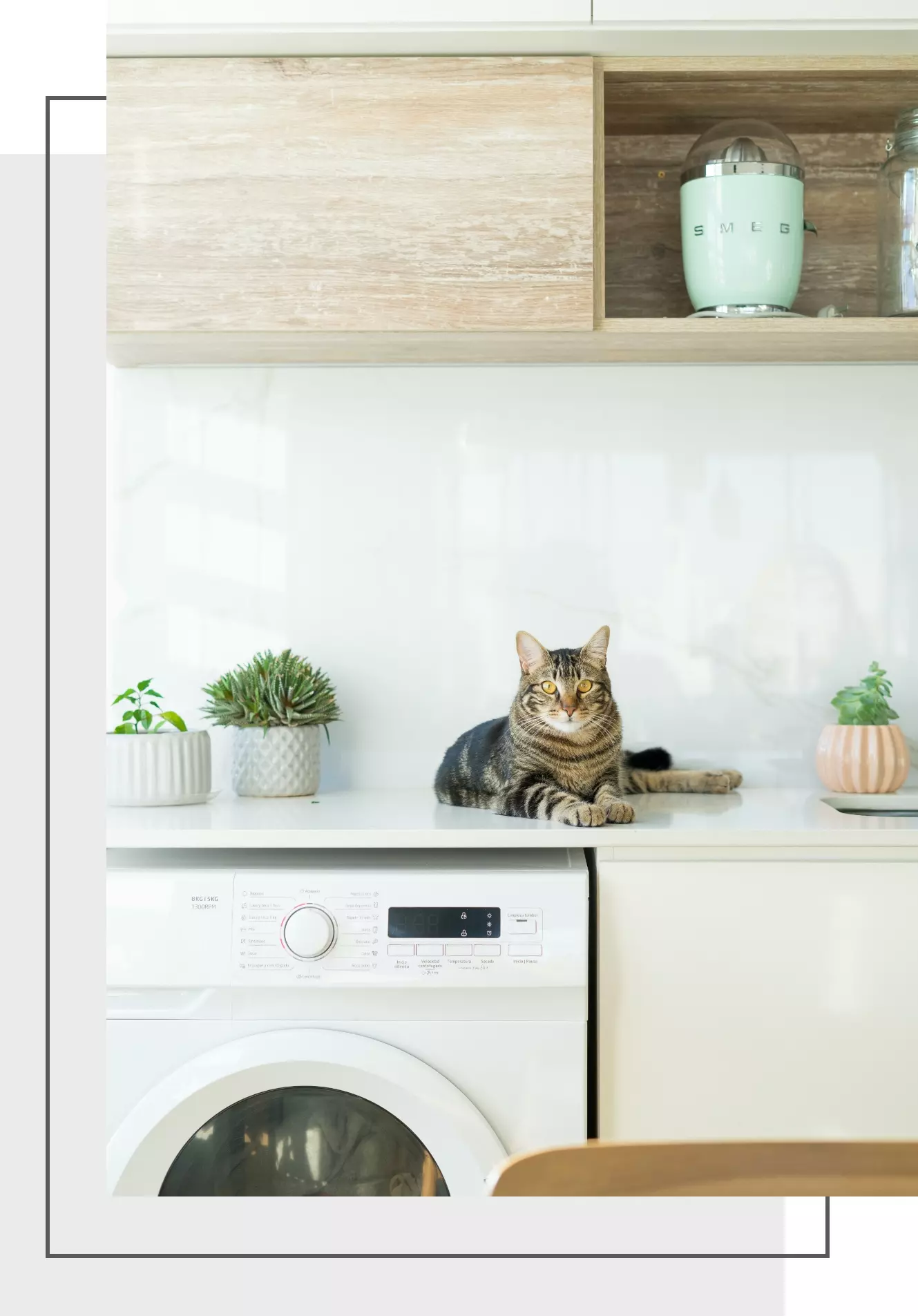
Rainwater in the washing machine is hygienically safe
Washing clothes with rainwater in the household is hygienically harmless. This has already been confirmed by several industry-wide, detailed studies conducted by Dr. Holländer in 1996 and 2002. The concentration of microorganisms in the washing machine is significantly more dependent on the soiling of the laundry than on the type of water used.
People prone to allergies sometimes prefer rainwater because chlorine can be added to tap water for disinfection. It is therefore not surprising that the Federal Administrative Court also confirmed in 2010 that the use of rainwater in the washing machine is legally permissible.
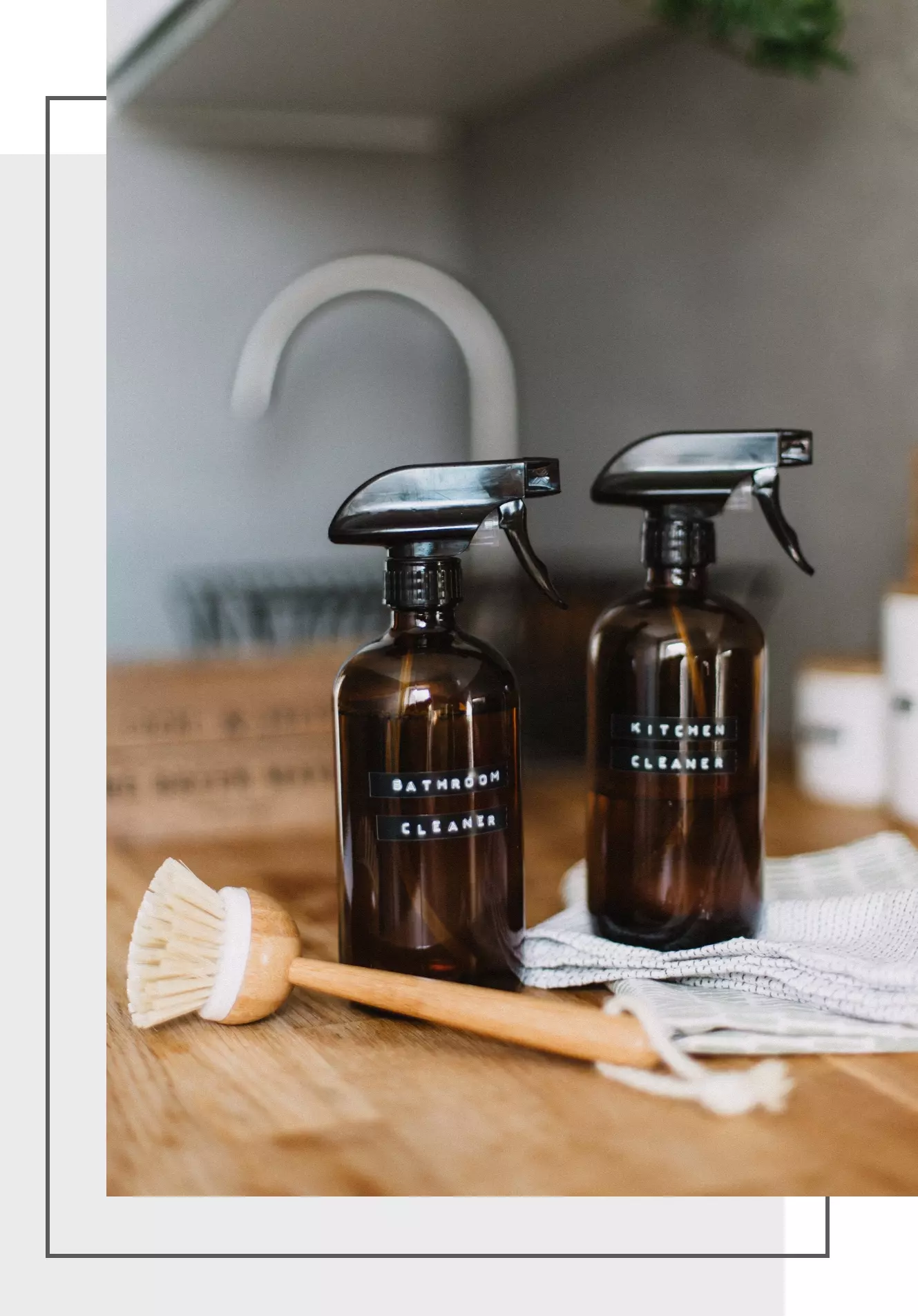
Cleaning and tidying with rainwater
Everyone knows it: a splash of tap water on the mirror can leave unsightly limescale stains after drying. Raindrops on the window pane, on the other hand, dry without leaving any traces.
This is further proof that rainwater does not leave limescale. It is perfect for saving cleaning agents when cleaning. Rainwater reduces the need for cleaning agents and after drying, all surfaces are "streak-free".
A separate tap for filling the cleaning bucket with appropriate labelling makes it easy to use rainwater when cleaning.
Using rainwater for the garden
Rain is the best water supply in the garden
A reliable supply of good water is essential for beautiful plants. Rainwater harvesting in the garden is ideal for this. Collecting water to use in the garden is easy!
Rainwater is the first choice for growing lawns, flowering plants or your own vegetable garden. It is well-tempered, soft and free of minerals. And it contains neither chemical nor hormonal residues, which are increasingly found in groundwater. Stored cleanly, rainwater is the best thing you can offer your garden, even in times of drought.
Well supplied with rainwater for watering
With a rainwater harvesting system, you have enough rainwater to water your plants even in times without precipitation. The rainwater tank in the garden or underground stores the collected rainwater until it is needed. Rainwater filters, inlet calming, floating extraction and overflow ensure optimum water quality.
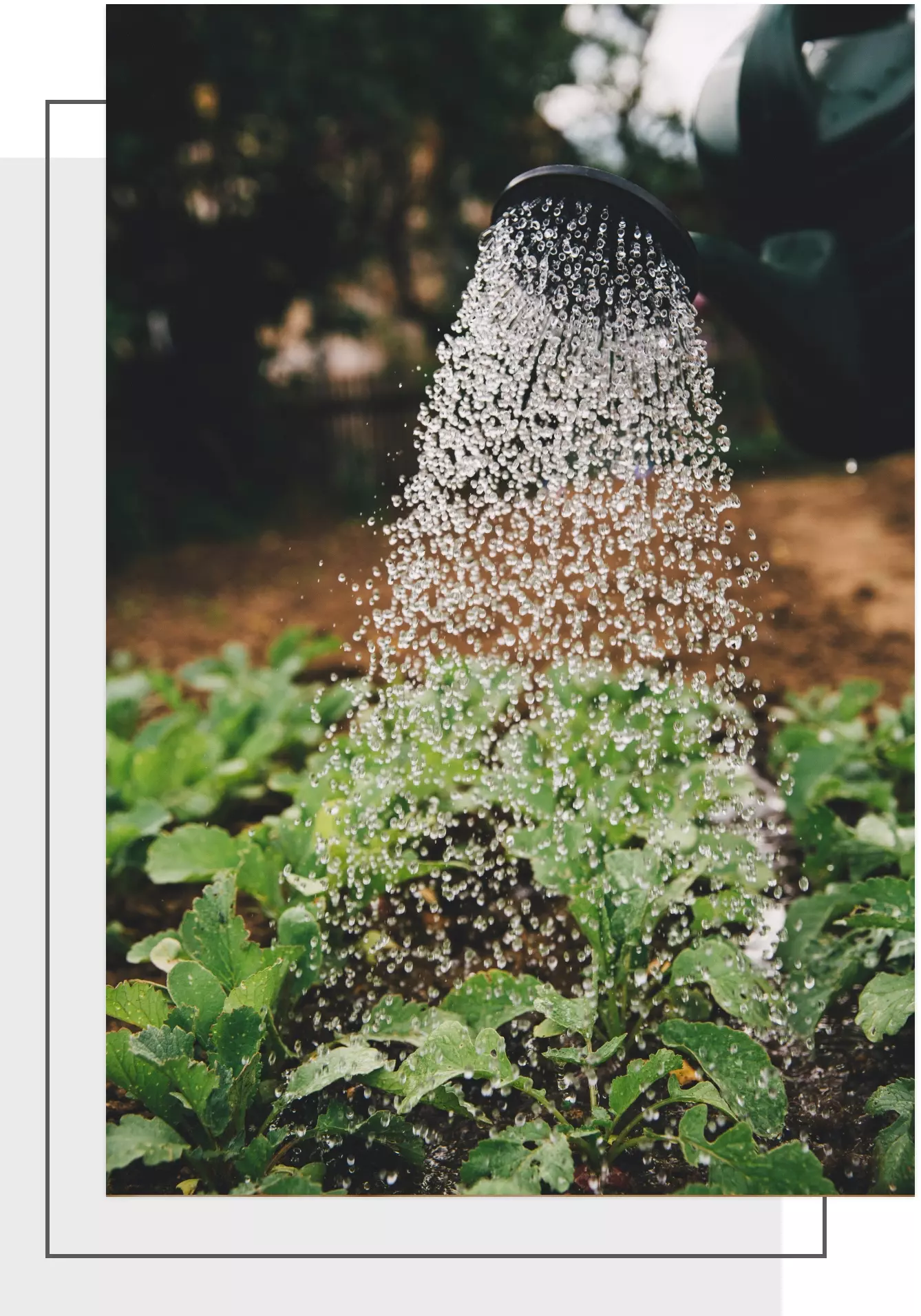
Sprinkler and garden spray without lime incrustations
With rainwater, sprinklers, garden sprayers or watering cans always remain free of limescale deposits. This is a good thing, because the deposits can clog the fine holes and nozzles from which the water escapes. Afterwards, limescale incrustations are difficult to remove.
Rainwater is naturally soft and cannot form limescale: Your irrigation equipment will last longer! Rainwater is the first choice for your garden.
Unused rainwater costs owners money
Property owners incur costs when rainwater is discharged unused into the sewer system. This official rainwater charge is based on the size of the sealed surfaces on the property. Sealed surfaces are all areas on which rainwater cannot seep away. This includes roof surfaces, but also paths from which rainwater flows into a sewer or a gully in the street. Property owners may pass on the fee to their tenants.
Why are there wastewater charges for rainwater
The background is that the clean rainwater is mixed with the dirty wastewater in the sewer. Afterwards, all the water has to be channelled through the clarification basins in the sewage treatment plant. This means that much more capacity has to be kept available at the treatment plant, especially because the daily volume of rainwater fluctuates much more than the wastewater from households and businesses, and peak loads during heavy rainfall also have to be covered.
To counteract this, public authorities are interested in decentralised management of rainwater. This means that rainwater should be used or infiltrated directly on the property where it falls. This desire also emerges from the relevant German standard Drainage Systems for Buildings and Land (DIN 1986-100:2016-12), which states:
When planning and dimensioning rainwater drainage systems, priority should be given to using all possibilities for decentralised rainwater management in order to reduce the discharge of rainwater into the public sewage system.





